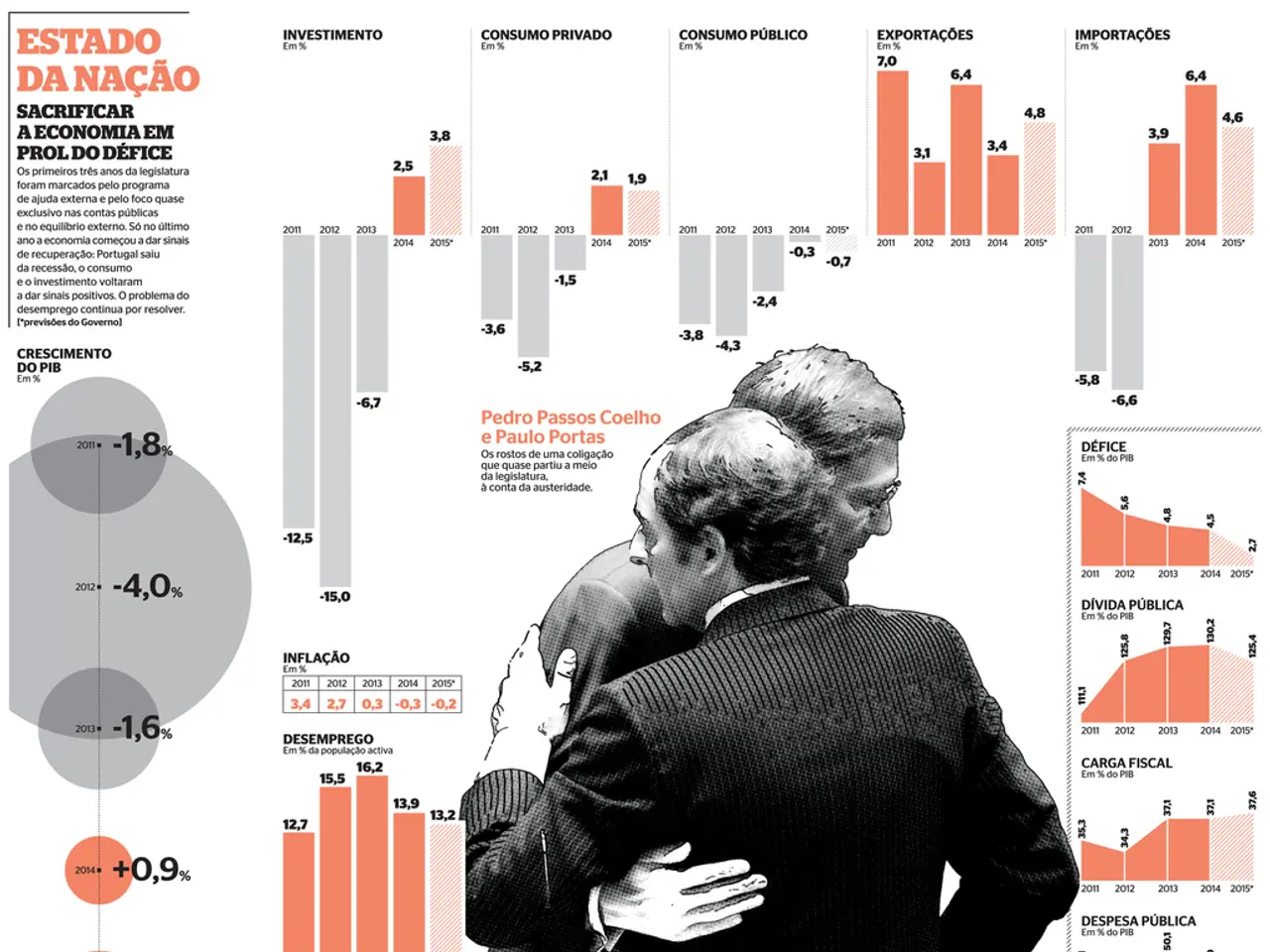The relation between a country's temperature and the loudness of its language is discussed in this article.
In a groundbreaking study, researchers have unveiled a connection between the environment and the sound of human language, suggesting that the climate in which a language originally evolved may have a lasting impact, even if its speakers later moved elsewhere.
The research, published in the journal PNAS Nexus, reveals that the pattern between language sonority and temperature only emerges over broad geographical and temporal scales, with no consistent relationship found within individual language families like Indo-European or Bantu.
"Sonority," a measure that blends loudness, resonance, and openness of speech sounds, is higher in languages developed in warmer climates. Words filled with vowels are more sonorous than those packed with consonants. This trend was observed by the researchers after computing a "mean sonority index" for each language and mapping them onto global climate data.
The study found that languages near the equator had the highest sonority values, while those in colder regions had the lowest. However, some warm-climate languages in Central America and Southeast Asia still scored low on sonority, indicating that other factors may also influence language development.
The physical properties of air play a significant role in this phenomenon. Warm air tends to absorb high-frequency sounds more than cool air, which can mute consonants and encourage languages in hot climates to use lower-frequency sounds that travel better over distance. Conversely, cold, dry air can irritate the vocal cords, making it harder to produce voiced sounds like vowels.
The study invites us to imagine how our language might sound centuries from now as climate warming continues. The authors of the study suggest that lower temperatures over many centuries lead to decreased sonority.
The researchers analysed the basic vocabularies of over 5,000 languages and found that languages developed in warmer climates tend to sound more resonant. The findings challenge long-held assumptions in linguistics that languages evolve independently of their surroundings.
The study also found a modest link between word length and sonority, suggesting that intrinsic features of languages may also shape their sonic profile.
By studying the sounds of ancient or isolated languages, the researchers believe we may be able to glimpse long-lost climates and migration paths. The study adds to the growing body of evidence that climate plays a significant role in shaping our world, extending its influence far beyond the physical environment.
- The connection between climate and human language, as revealed in the groundbreaking study, indicates that the environment may have an enduring impact on language evolution, even for speakers who relocate.
- The research, published in PNAS Nexus, discovered that the pattern between language sonority and temperature only emerges over expansive geographical and time scales, with no consistent correlation discovered within individual language families.
- The study reveals that languages developed in warmer climates exhibit higher sonority, as words filled with vowels are more sonorous than those packed with consonants.
- The study suggests that as climate warming continues, our language may evolve to sound differently, with lower temperatures over time potentially leading to decreased sonority.
- In addition to climate, the study found a modest link between word length and sonority, suggesting that intrinsic features of languages may also shape their sonic profile.
- By examining the sounds of ancient or isolated languages, researchers believe they might gain insights into long-lost climates and migration paths, and contribute to the growing body of evidence that climate plays a significant role in shaping our world, greatly exceeding its influence on the physical environment.




